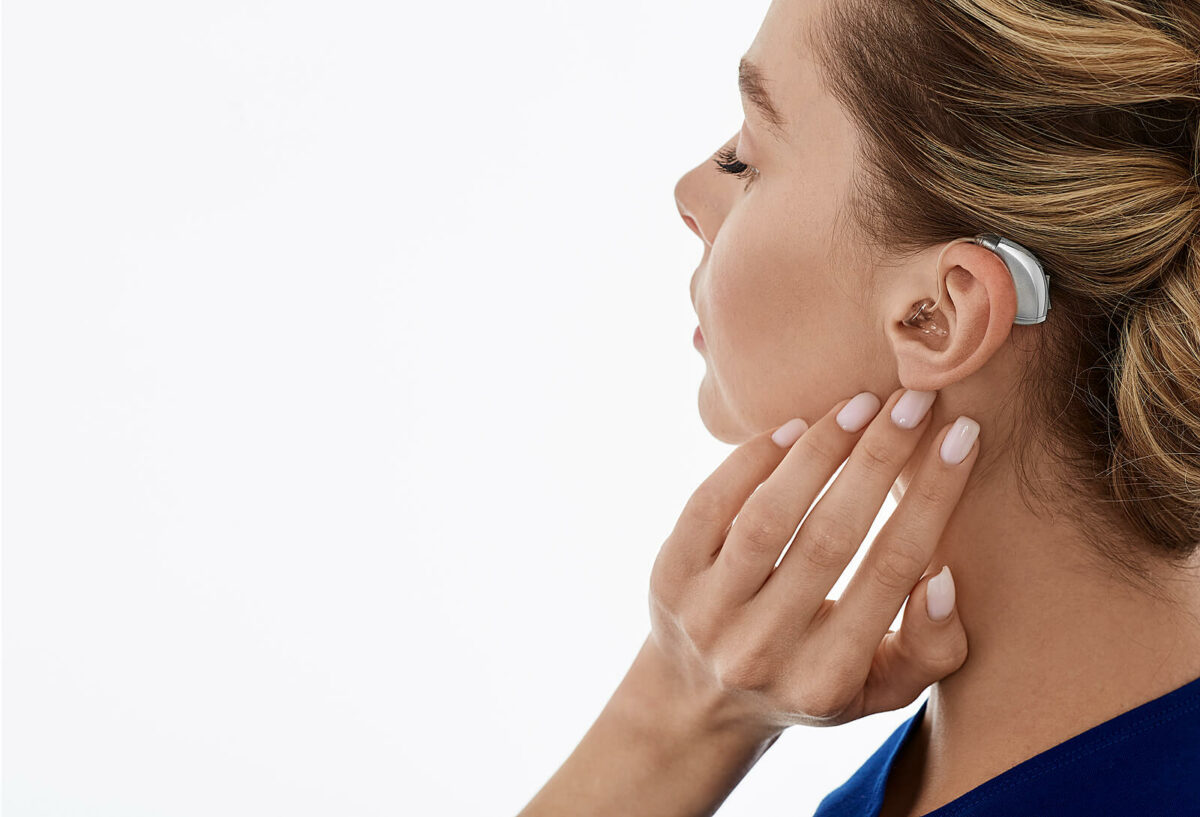When you first receive your new hearing aids, we will help you understand how they work and how to fit them into your ears for the most effective assistance. We will also give you some instructions on care and maintenance, as well as how to change your batteries or recharge your devices, depending on the model. With this information in mind, you might want to put in your hearing aids and leave them in place as long as possible! Although we understand your impulse to use your hearing aids right away, you might want to take a slower approach to adjusting to your hearing aids. Some people have very little problem getting used to the array of sounds that present themselves, but others feel overwhelmed or bothered by these sounds. When you get your hearing aids in place, you should notice that others’ voices are clearer and louder, making conversations easier to understand. However, other sounds can also become louder, increasing the volume of all kinds of things you didn’t know were there. In addition to the pleasant sounds of birds singing and music playing, you can hear appliances, HVAC, vehicles, and even construction nearby. With this wide array of sound, you might feel overwhelmed at first. If so, there are steps you can take to make the adjustment period easier. The following are some of the tips that people tend to find useful when they are getting used to their new hearing aids. If you take these steps, you will be well on your way to effective and comfortable use of your devices.
Begin at Home
We recommend trying out your hearing aids for the first time at home. This safe and relatively quiet location is the perfect place to make yourself aware of the new sounds you didn’t hear before. When you first put in your hearing aids, take a walk around the house to see what sounds you hadn’t noticed before. Any appliances that beep can be surprising now, and you might hear traffic outside the window, including the sound of emergency vehicle sirens from time to time. When you listen to these sounds, you will find that they recede from your attention rather quickly. If you notice any issues with the functionality of your hearing aids in this trial run, you can recruit a family member, loved one, or someone in your community to help you adjust the settings. If there is a more serious issue with your aids, you can always call our office for help with the advanced settings or the proper fit of your devices.
Social Settings
Once you are comfortable with your aids in basic at-home settings, you can try out your aids in public or in a social situation. You might want to try the grocery store or another amenity where you tend to have brief conversations. These conversations will likely be much easier to hear and understand, but they can feel different the first time you try. Once you are comfortable with some small talk, you can try your hearing aids at a family party, community meeting, or other social event. With lots of voices in the space at once, you might need to adjust to identifying the sound of one speaker in the crowd, and you can play with the hearing aid settings in this situation, as well. Some of the latest hearing aids even have a variety of settings or “profiles” that you can choose for different places you frequent, such as your home, office, commonly visited stores, family members’ homes, or community centers.
Once you have adjusted to your hearing aids at home, in public, and in social settings, you can try using them while driving or participating in other potentially dangerous situations. Though your hearing aids can ultimately be very helpful to make you aware of potential dangers, the sounds you hear on the road can be quite surprising at first, making it important to adjust to them slowly and cautiously. If you have not yet received treatment for hearing loss, the first step is to schedule a hearing test where we will diagnose your individual needs and point you on the path toward comprehensive treatment.

